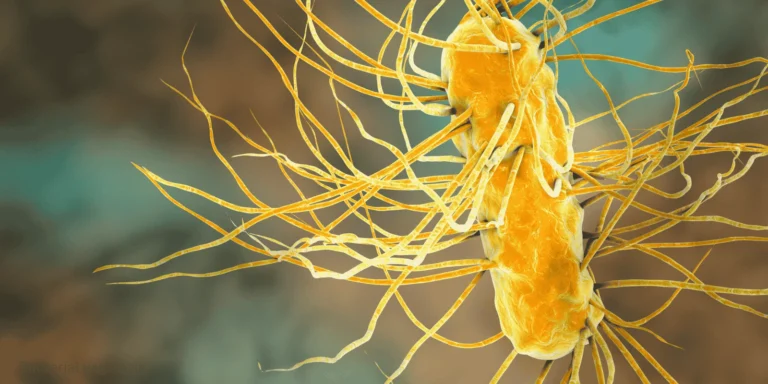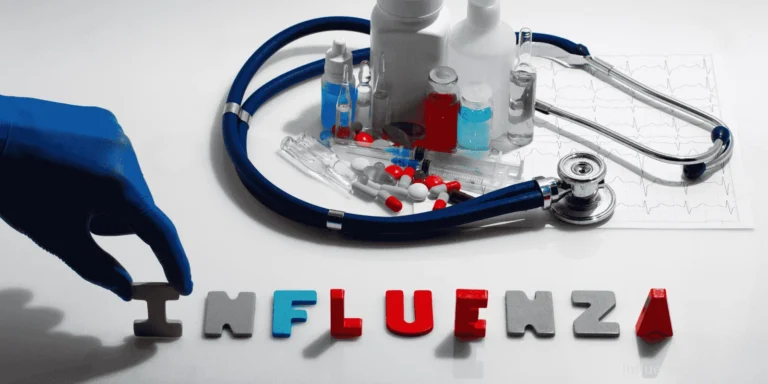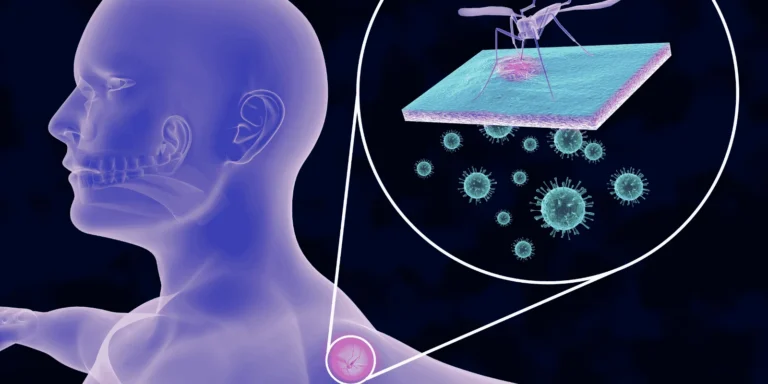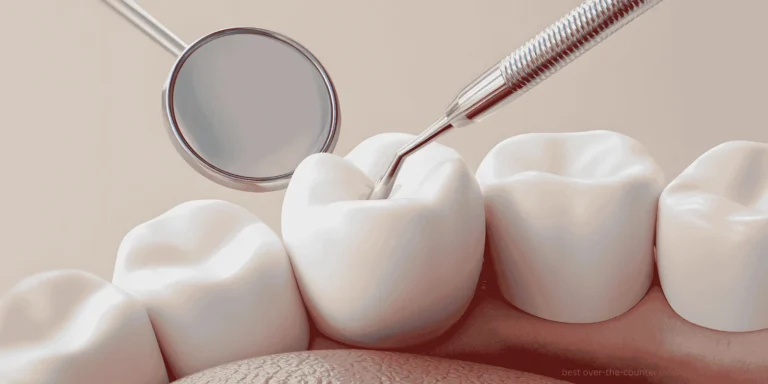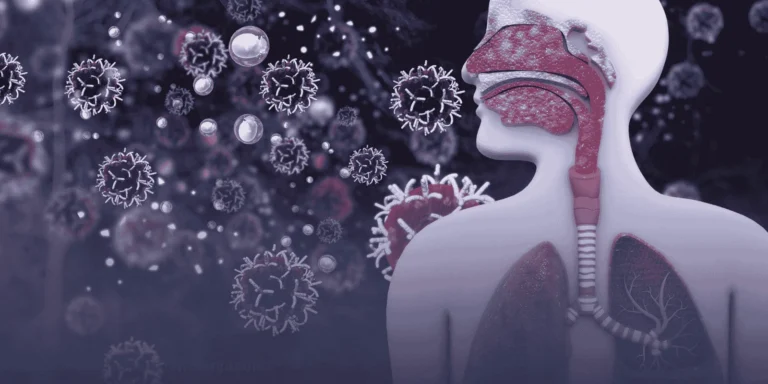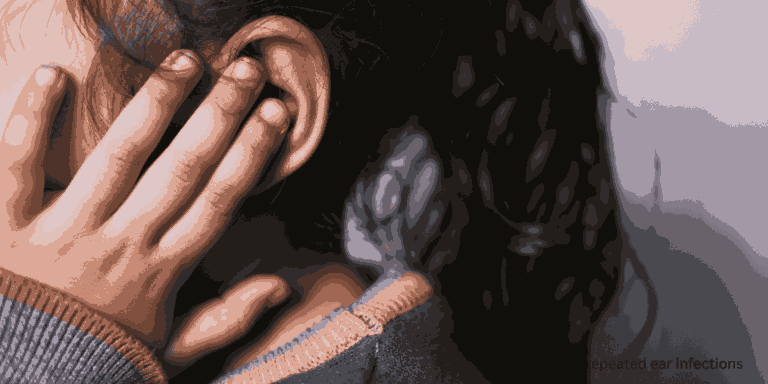Most people think chlamydia only spreads through vaginal or anal intercourse. That’s not entirely accurate.
While penetrative sex is the most common transmission route, chlamydia can spread through other forms of sexual contact too.
Oral Sex Transmission
This is the big one people miss. Chlamydia can spread through:
- Oral sex performed on an infected partner
- Receiving oral sex from someone with oral chlamydia
- Mouth-to-genital contact without penetration
The bacteria can infect the throat, genital area, or rectum through oral contact.
Hand-to-Genital Contact
Chlamydia can potentially spread through manual contact if infected genital fluids get on hands and then touch another person’s genital area.
This requires direct contact with infected secretions and immediate transfer to mucous membranes. It’s less common but possible.
Sharing Sex Toys
Chlamydia can survive briefly on sex toys. If you share toys without cleaning them between partners or uses, transmission is possible.
The bacteria doesn’t live long outside the body, but the transfer can happen quickly enough to cause infection.
Mother to Baby
Pregnant women with chlamydia can pass the infection to their babies during childbirth. This causes eye infections or pneumonia in newborns.
This isn’t sexual transmission, but it’s an important route of infection.
What About Non-Sexual Contact?
Chlamydia does NOT spread through:
- Kissing (unless there’s oral-genital contact)
- Sharing drinks or food
- Toilet seats
- Swimming pools
- Casual touching or hugging
- Air droplets from coughing or sneezing
Genital-to-Genital Contact
Skin-to-skin genital contact without penetration can potentially spread chlamydia if infected fluids are present.
This might happen during “outercourse” or other intimate contact without actual intercourse.
The Survival Factor
Chlamydia bacteria are fragile and don’t survive long outside the human body. They need warm, moist environments to stay alive.
This is why casual contact and environmental transmission are extremely unlikely.
Risk Factors Beyond Intercourse
Activities that increase non-intercourse transmission risk:
- Unprotected oral sex
- Sharing unwashed sex toys
- Manual contact with infected genital fluids
- Genital rubbing or grinding
Prevention Strategies
- Use barriers (condoms, dental dams) for all sexual contact
- Wash hands after any genital contact
- Clean sex toys between uses and partners
- Get regular STD testing if sexually active
- Communicate with partners about testing status
The Testing Reality
Many people with chlamydia have no symptoms, so they unknowingly spread it through various forms of contact.
Regular testing catches asymptomatic infections before they spread or cause complications.
Treatment Considerations
If you test positive for chlamydia, all recent sexual partners need treatment — including those you only had oral sex or other non-penetrative contact with.
Common Misconceptions
People often think they’re “safe” from STDs if they avoid intercourse. But chlamydia and other STDs can spread through many forms of sexual contact.
“Outercourse” isn’t risk-free when it comes to bacterial STDs like chlamydia.
The Anatomy Factor
Chlamydia can infect:
- Genital areas
- Rectum
- Throat
- Eyes (rare, through hand contact)
Any contact between infected areas and these sites can potentially cause transmission.
Bottom Line
While intercourse is the primary route, chlamydia can spread through various forms of sexual contact. Protection and regular testing remain important regardless of specific sexual practices.
The key is understanding that any intimate contact involving genital fluids carries some transmission risk.



